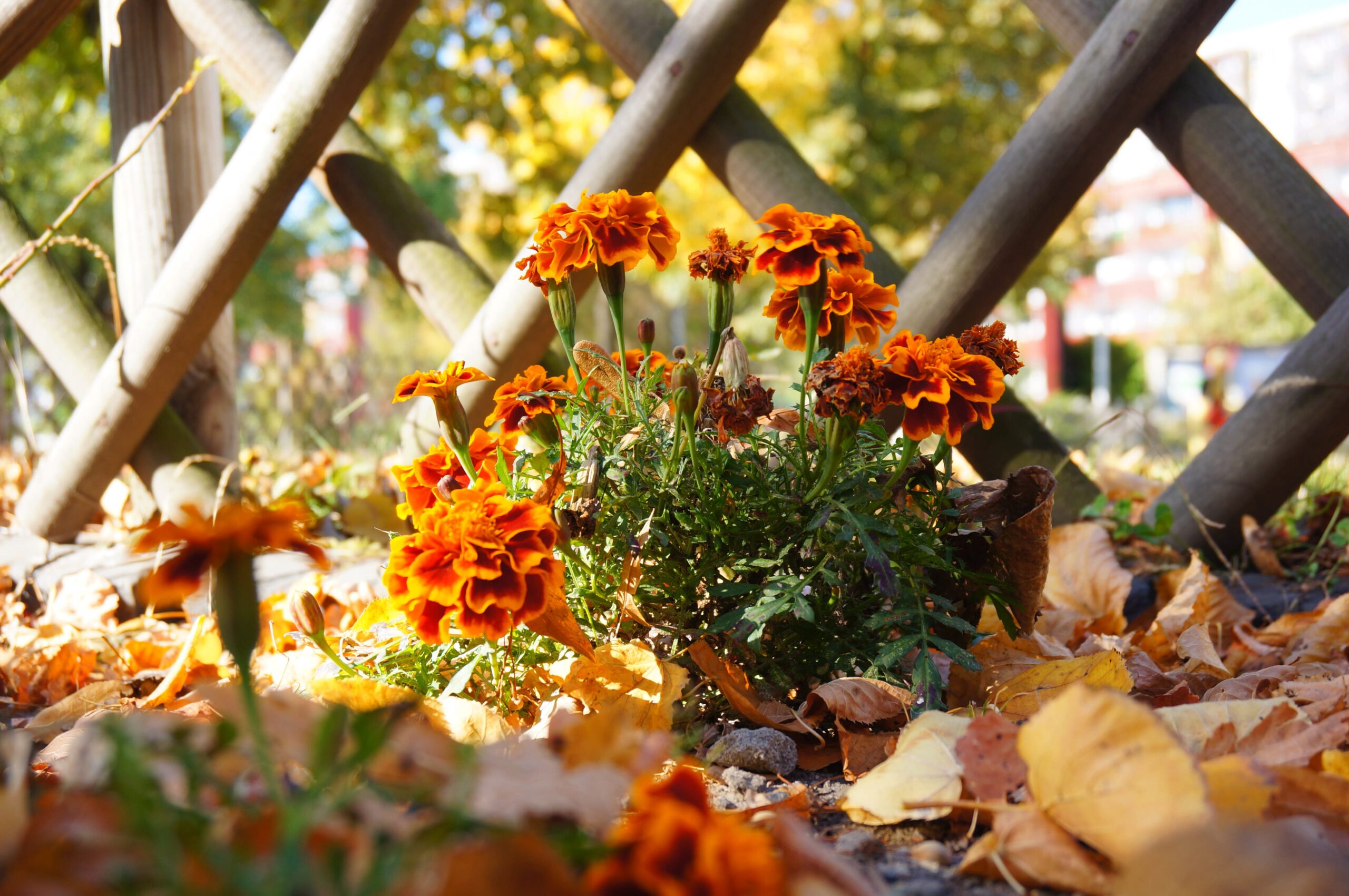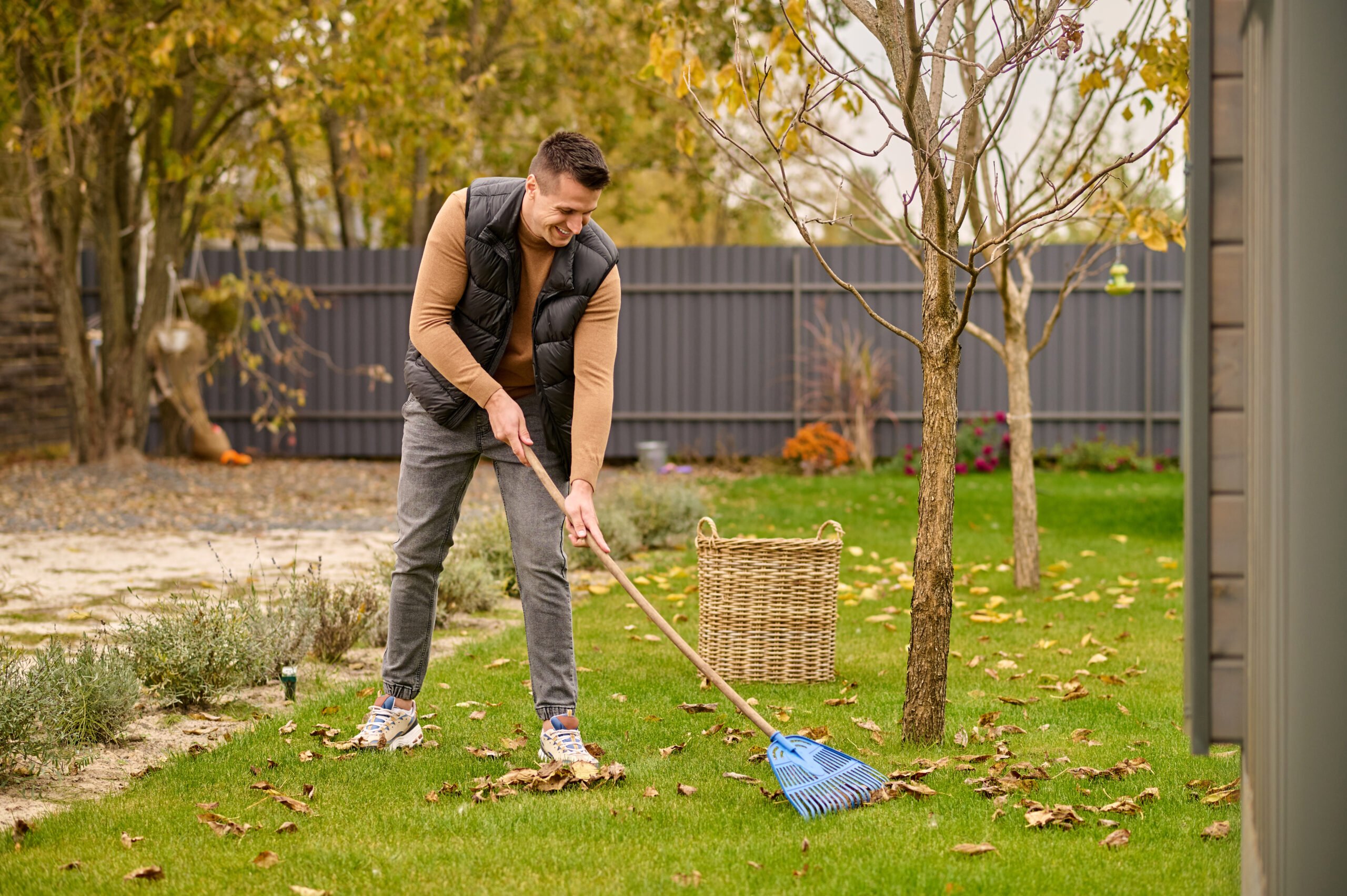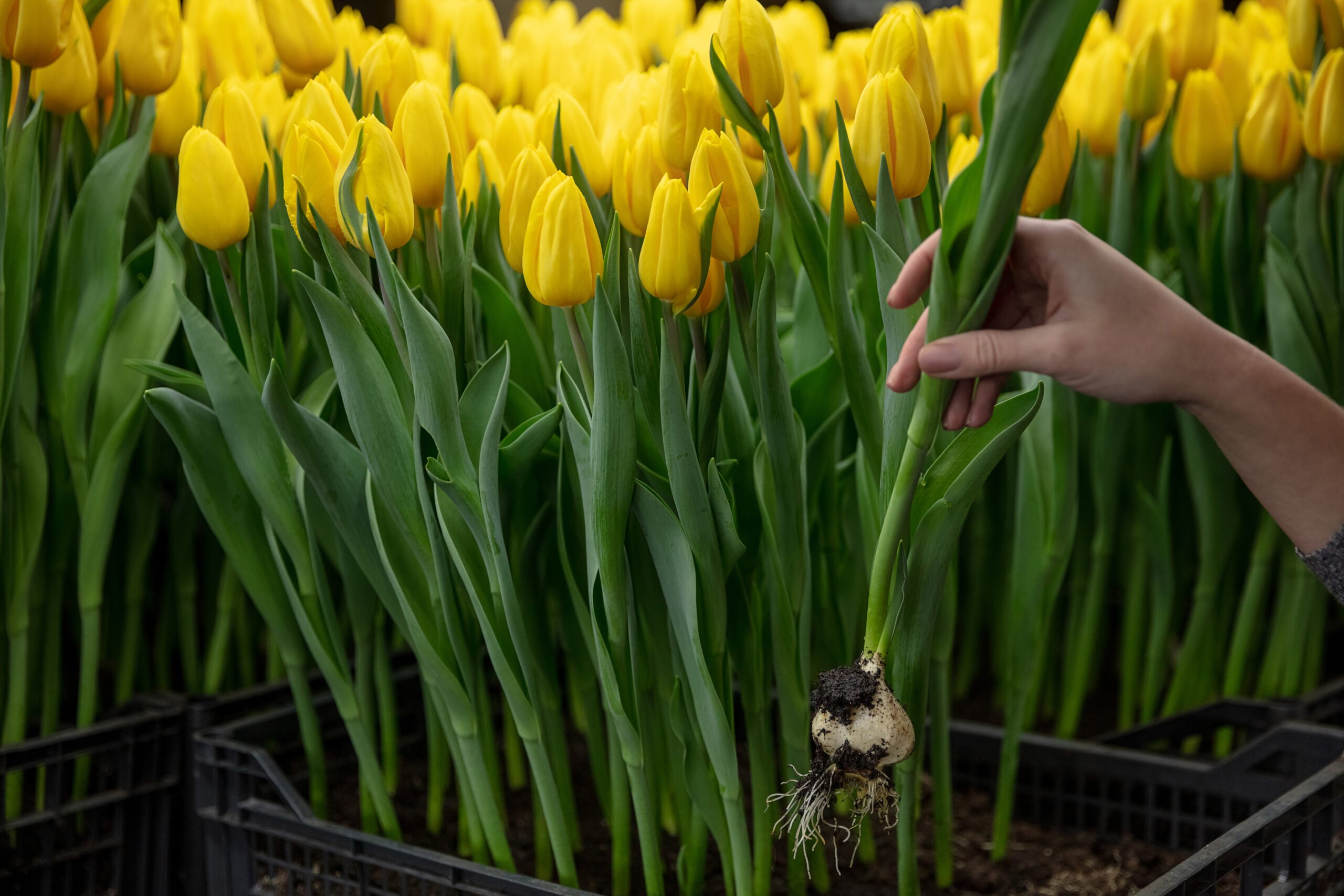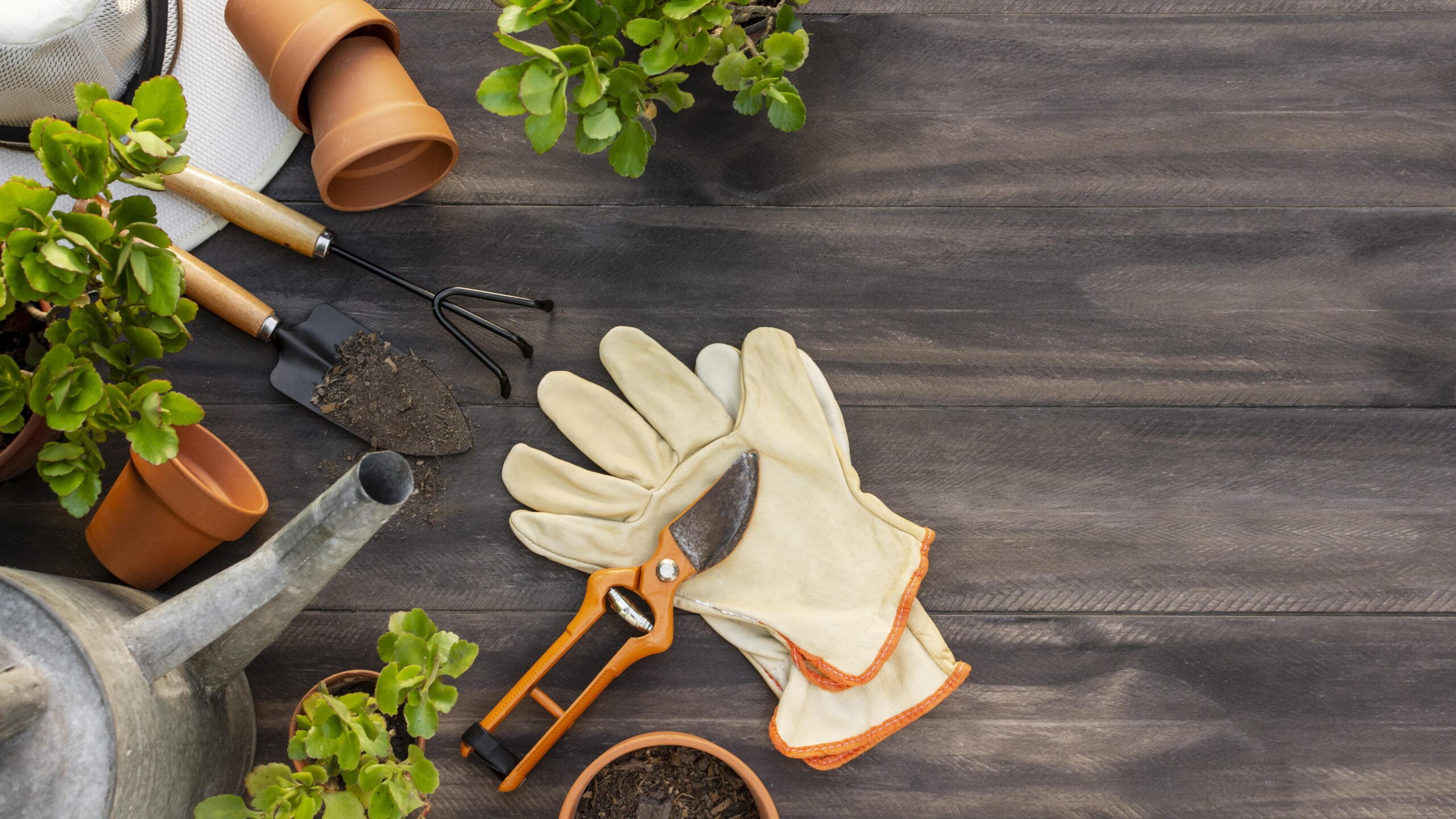
As the temperatures start to cool down and summer comes to an end, it’s time to prepare your garden for the upcoming winter months. By following this comprehensive fall garden checklist, you’ll ensure that your yard is ready for the colder season and set yourself up for a successful spring.
Fall Garden Checklist: Essential Steps to Prepare Your Yard for Winter
Taking Care of Your Lawn

During fall, focus on giving your lawn the care it needs to withstand the winter and thrive next spring. Here are some tips for fall lawn care:
- Deal with fallen leaves: Remove any fallen leaves from your turf grass as they can suffocate your lawn. Rake them off or mow over them to turn them into smaller pieces that will add nutrients to the soil.
- Seed or lay sod: Fall is the perfect time to establish new lawns or repair any damaged areas. The cool temperatures and late fall rain create ideal conditions for grass growth.
- Aerate your lawn: To prevent soil compaction and improve drainage, aerate your lawn annually, especially in high-traffic areas. This process will loosen the soil and promote healthier root growth.
- Keep up with weeds: Fall is when many common lawn weeds start to proliferate. Stay on top of weed control and address any weed issues before they become more problematic in spring.
- Raise your mower blade: Set your mower to a higher cutting height during fall. Taller grass encourages deeper root growth, which helps your lawn survive the winter and promotes a healthier lawn in the long run.
Preparing the Perennial Gardens

Perennials are the workhorses of the garden, and fall is the time to prepare them for their winter rest. Take these steps to care for your perennial garden:
- Remove weeds: Clear away any weeds from your perennial garden to minimize their presence in spring.
- Add mulch: After the ground freezes, apply a 4- to 5-inch layer of bark mulch over the crown of your newly planted perennials and frost-tender perennials. This will provide insulation and protect them from extreme temperatures.
- Plant spring-blooming bulbs: Take advantage of the fall season to plant tulips, daffodils, and other spring-blooming bulbs. Late September or October is the optimal time for bulb planting.
- Dispose of diseased or pest-ridden plants: Remove any diseased or bug-infested leaves, stems, and whole plants from your perennial garden. This will help reduce problems in the following year.
- Water once a week if dry: Even though perennials go dormant in the fall, their roots continue to grow until the ground freezes. Ensure they’re well-hydrated by watering once a week if there is no rainfall.
Refreshing Your Vegetable Garden

As you wrap up the growing season and harvest the last of your vegetables, it’s time to prepare your vegetable garden for next year. Follow these steps to get your vegetable garden ready for the next season:
- Clean out beds: Remove all plant debris, including any remnants of your harvested crops. This will help prevent pests and diseases from overwintering and causing problems in the future.
- Put away stakes and labels: Gather and store any supports, stakes, cages, and labels that you used in your vegetable garden. Keep them in a convenient location for next year’s use.
- Add compost: Enrich your soil by spreading a 2- to 3-inch layer of compost over your beds. Let nature do the work of incorporating the compost into the soil over the winter months.
- Plant cover crops: Prevent erosion and enrich the soil by sowing cover crops like mustard, peas, or clover in the fall. Turn them over into the soil in spring to add nutrients and organic matter.
- Expand planting areas: If you’re looking to increase your planting space, fall is an excellent time to set up new raised beds or prepare areas for an in-ground garden in the coming year.
Caring for Trees and Shrubs

Fall is an optimal time to plant trees and shrubs and provide care for your existing ones. Here’s what you need to do to take care of your trees and shrubs:
- Plant new trees and shrubs: Take advantage of the warm soil temperatures in fall to establish new deciduous trees and shrubs. Evergreens can also be planted in the fall, although they tend to do better when planted in spring.
- Provide plenty of water: Ensure that newly planted trees and shrubs, as well as established ones, receive enough water before winter. Well-hydrated plants tolerate winter conditions better.
- Replenish mulch: Apply a fresh layer of mulch, such as wood chips or shredded leaves, around the base of trees and shrubs. This will protect their roots from freezing temperatures. Avoid allowing the mulch to touch the trunks to prevent rot and other diseases.
- Prune after dormancy starts: Wait until the leaves have fallen from deciduous trees and shrubs before pruning. Pruning after August may trigger new growth that is susceptible to winter damage.
- Guard trunks against deer and sun damage: Protect younger trees and shrubs from deer rubbing antlers on the trunks by using tree wraps or guards. Thinner-barked species may also benefit from protection against sun-scald.
Organizing Your Tools and Gardening Gear

As the gardening season comes to a close, take the time to organize and prepare your gardening tools for winter. These steps will help keep your tools in good shape and ready for use next spring:
- Clean hand tools: Remove dirt and debris from your hand tools. For rust prevention, place the metal ends in a bucket of sand infused with vegetable oil.
- Sharpen blades: Pruners, loppers, shovels, spades, and mower blades can all benefit from sharpening. Use a file to restore their sharp edges and apply vegetable oil to prevent rust.
- Drain hoses and irrigation lines: Before freezing weather arrives, remove any water from your garden hoses and irrigation tubing to prevent damage.
- Prepare small engines: If you have gas-powered equipment like mowers, weed whackers, or tillers, drain the gas lines and change the oil as needed. Store these machines in a dry and covered space for the winter.
- Clean out sprayers: Empty, wash, and rinse your spraying equipment with soap and water. Allow them to air dry before storing them away for the winter. Safely store any leftover chemicals in a place where they won’t freeze.
Cleaning Up Annuals and Containers
Finally, give your annuals and containers the attention they need before winter sets in. Here’s what you should do for a clean and well-prepared garden:
- Empty containers: Remove any remaining plants, soil, or water from your garden containers. Clean them out and store them in a protected and dry area, such as a shed or garage.
- Clean out flower beds: Once frost has killed off your annual plants, remove them from your flower beds. Clearing the beds now will make way for new flowers in the next growing season.
- Collect and store seeds: Save seeds from your favorite annuals, such as celosia, petunia, cosmos, and nasturtium. Label each type of seed and store them in a cool and dry place for spring planting.
- Dig up tender bulbs: Tropical bulbs like cannas, dahlias, and caladiums cannot withstand winter in northern regions. Dig them up after the foliage turns brown in fall and store them in a cool and dry place until spring planting.
- Take cuttings to grow indoors: Snip cuttings from your favorite flower bed and container plants before temperatures drop below 50°F. Place them in water to root and enjoy a burst of indoor winter color.
By following this fall garden checklist, you’ll ensure that your yard is well-prepared for the winter months and set yourself up for success in the upcoming spring. Take the time to care for your lawn, perennial gardens, vegetable garden, trees and shrubs, and organize your tools and containers. With these steps completed, you’ll be able to enjoy a vibrant and thriving garden when the warmer weather returns.
